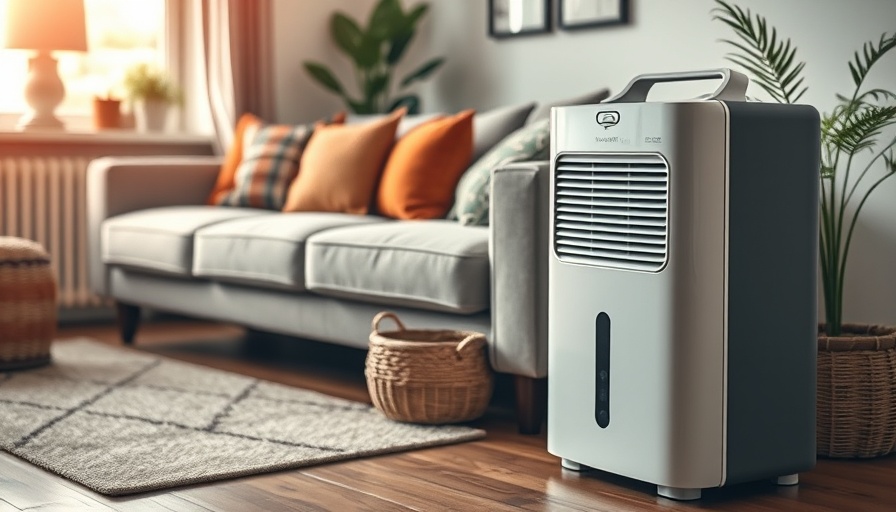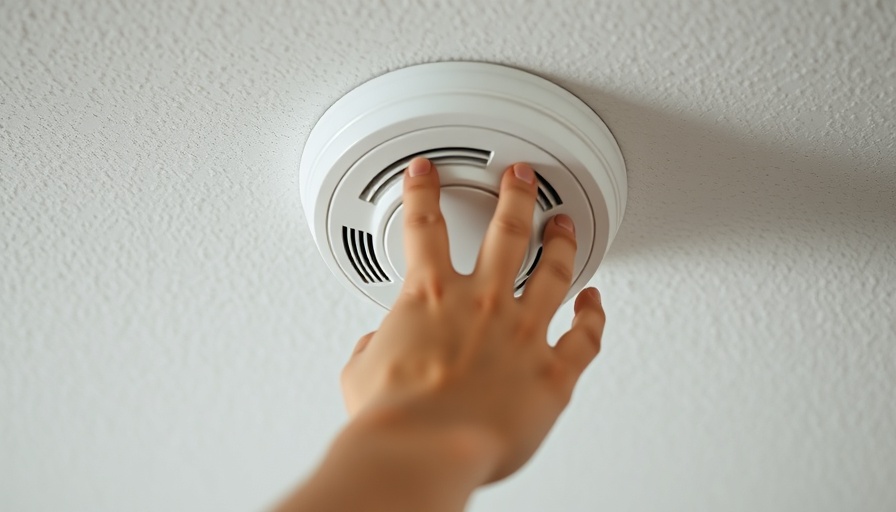
Decoding Dehumidifier Issues: Why Is Your Unit Struggling?
Dehumidifiers play a crucial role in maintaining a comfortable and healthy living environment, especially in humid climates. But what happens when your dehumidifier fails to operate as expected? Understanding the common reasons behind malfunctioning units can help you troubleshoot and restore their performance quickly.
Check the Basics: Is Your Dehumidifier Getting Power?
Before diving into complex troubleshooting, ensure that your dehumidifier is plugged in and receiving power. Check the power outlet with another device to confirm it works. If the machine powers on but does not function, inspect the water reservoir; many units stop working when the tank is full to prevent overflow. Additionally, ensure that the tank is correctly positioned, as a misaligned tank can trigger shutdowns.
Fan and Airflow: The Heart of Functionality
Weak or nonexistent airflow can significantly affect a dehumidifier's performance. Start by examining the fan for blockages or mechanical failures. A simple test involves placing a piece of paper near the fan; if it doesn't move, the fan may need attention. Additionally, if the filters are clogged, they can impair airflow, affecting overall efficiency. Regular cleaning or replacement of filters maintains optimal airflow and improves air quality.
Humidity Levels: Is Your Device Working Too Hard?
Dehumidifiers can sometimes run too frequently if set to excessively low humidity levels, causing wear on the motor. Adjust your humidistat; optimum settings typically range between 40-50% humidity. Keep in mind that dehumidifiers may also struggle if there are external humidity sources like open windows or leaks, allowing moisture-laden air to enter the space.
Freezing Coils: The Temperature's Impact
Ice formation on the coils is a significant issue, indicating that either the air temperature is too low for the dehumidifier to function properly or airflow is impeded. Regularly clean the coils and ensure that the environment meets the operational temperature requirements reflected in the manufacturer’s manual.
Addressing Mechanical Problems
Noise can be another sign of trouble. A buzzing or rattling sound might indicate loose components or a malfunctioning motor. Regular inspections can preemptively catch these issues. If electrical problems persist, don’t hesitate to consult a professional technician for repairs.
In conclusion, regular maintenance and understanding common problems can extend the life of your dehumidifier. From checking the basics to addressing airflow and mechanical issues, these troubleshooting tips can help ensure your appliance operates efficiently.
If you’re experiencing ongoing problems with your dehumidifier despite your best troubleshooting efforts, it may be time to consult with a professional technician. Ensuring a dry and healthy home environment is worth the investment!
 Add Row
Add Row  Add
Add 




Write A Comment